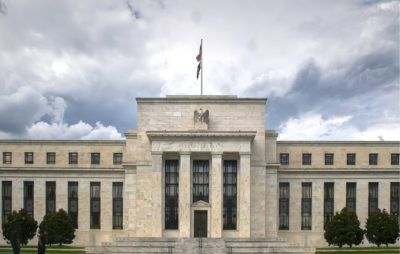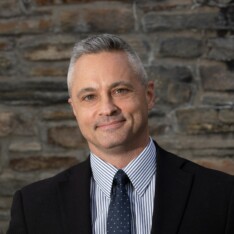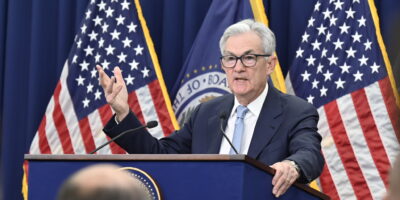Why isn’t monetary policy working?
Since 2008, the Fed’s quantitative easing (QE) programs have added more than $4 trillion to the U.S. economy with little noticeable effects. Why isn’t QE working?
One issue is that the Fed is paying banks to hold higher cash reserve balances, a policy known as “interest on reserves” (IOR). This policy is intended to make banks safer, but it has a very negative side-effect of impeding monetary policy. To see why, let’s consider an analogy:
Let’s say Dan had to drain his swimming pool, and now he wants to refill it. Dan puts one end of his garden hose in the pool. He attaches the other end to the faucet on the side of his house, and he opens the tap. Dan can hear water rushing through the hose, so he knows the water is running.
Unbeknownst to Dan, however, his wife Jessica has moved the other end of the hose out of the pool and into a small kiddie pool in the back yard, so all the water is flowing into the kiddie pool. But let’s say there’s a crack in the kiddie pool such that 15% of the water drains out of the kiddie pool and runs down into the swimming pool. When Dan looks in the swimming pool, he sees that the water level is barely rising. What should he do?
This is exactly what is happening in the U.S. economy. Because the Fed is paying interest on bank reserves, almost 85% of the base money created by QE is pooling up on banks’ balance sheets as reserves, with only 15% of the money leaking into the economy.
So what is the problem, and what should be done? Proponents of NGDP targeting such as Scott Sumner look only at the level of water in the swimming pool. To them, the problem is the level of water in the pool is too low, so the solutions is “We need to open the tap more.”
As Sumner has pointed out, many economists circa 2009 were afraid the Fed’s QE policies would lead to massive inflation. Those people were looking only at the water flowing through the hose. They assumed the water level in the pool would be rising very quickly, so their solution was “We need to close the tap.”
It seems clear, however, the real problem is that the hose isn’t even going to the pool! If we want more water in the pool, it doesn’t make sense to look only at the water level or to look only at the faucet. We need to think about why the water (money) isn’t getting to the swimming pool (economy) and how to fix it.
The financial crisis is over. IOR doesn’t make banks safer. All it does is interfere with monetary policy. If the Fed want’s its monetary policy to be effective, there’s one simple thing it can change: Stop paying interest on reserves.
Unfortunately, new Fed Chair Janet Yellen plans on doing exactly the opposite.










